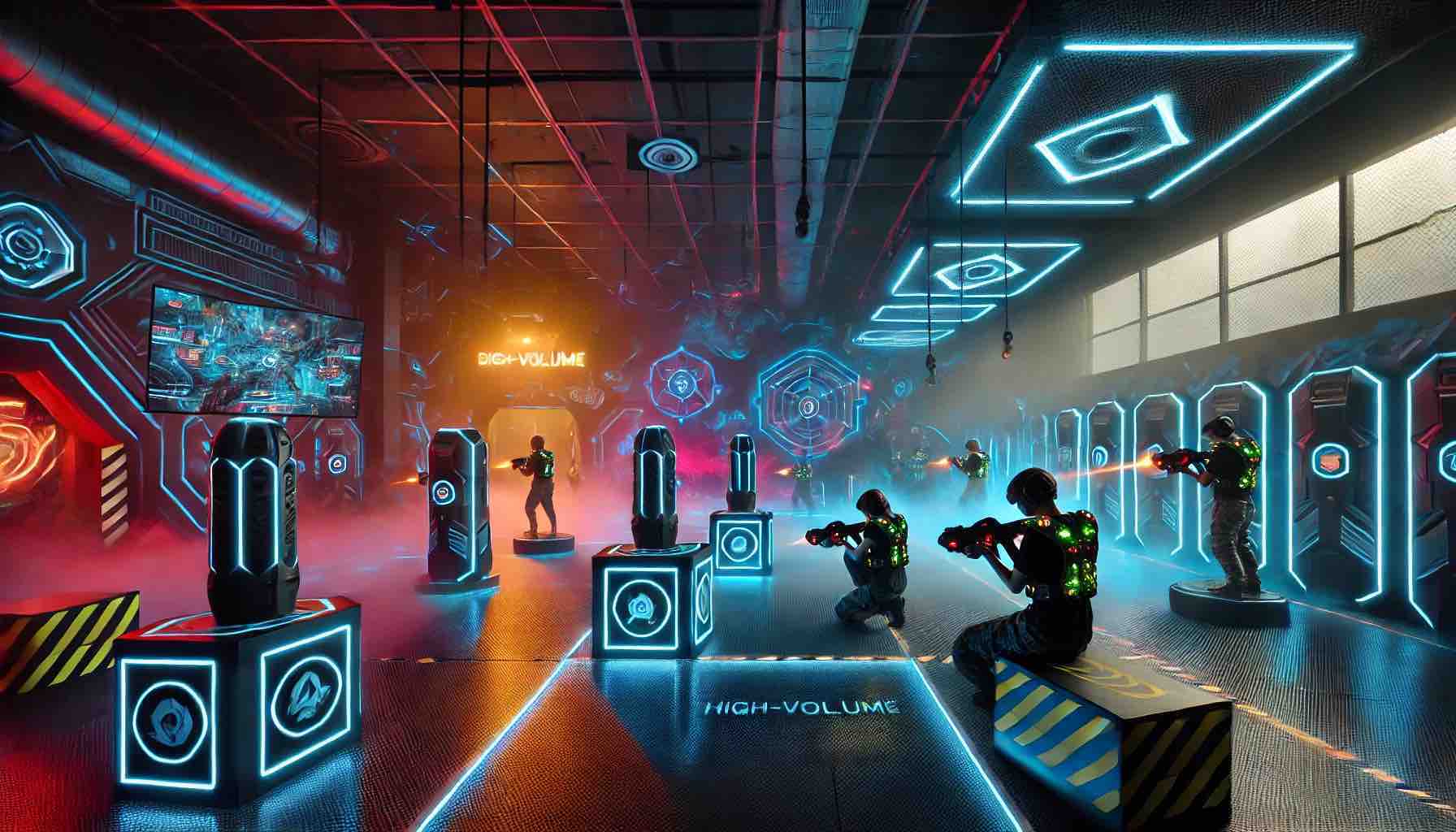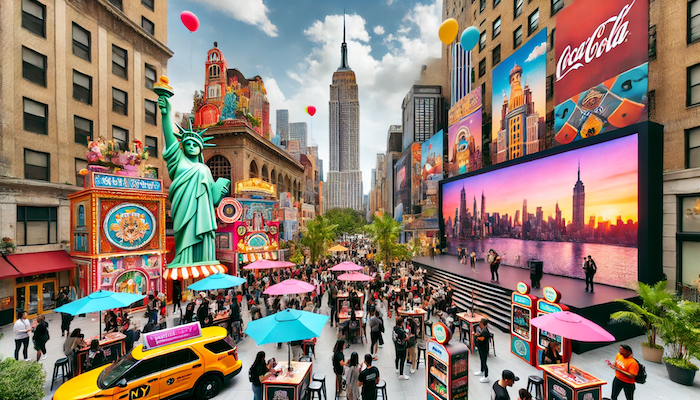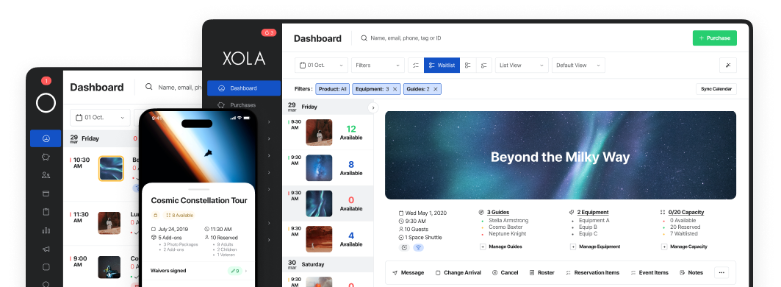
Getting direct bookings for your attraction is key to maintaining more control over your revenue.
Sure, Online Travel Agencies (OTAs) can expand your reach and attract new customers. Yet they come with high commissions and less control over your guest interactions. Driving traffic to your own website and converting that traffic into bookings gives you complete control of your customer data, pricing, and overall brand messaging.
Direct bookings give you the power to build stronger relationships with guests, keep more revenue, and offer a more seamless experience for your customers. In this article, we’ll share actionable tactics and real examples to help you drive more direct bookings and reduce your reliance on OTAs.
Here are 12 tactics to increase direct bookings with actionable examples explicitly tailored for attractions.
- 1. Optimize your website for conversions
- 2. Offer exclusive deals for direct bookings
- 3. Leverage PPC ads
- 4. Make it easy to book on mobile
- 5. Create a sense of urgency with limited time offers
- 6. Add social proof
- 7. Retarget website visitors
- 8. Have flexible cancellation terms
- 9. Offer group booking options
1. Optimize Your Website for Conversion
Your website is the first place prospective visitors will learn about your attraction. With so much distraction on the internet coupled with shorter attention spans, you have just a few seconds to pull that visitor in.
Every attraction’s website should:
- be easy to navigate (the menu bar is intuitive and easy to understand)
- load quickly (ideally, in under 3 seconds)
- offer a seamless booking flow (here’s where the right booking software makes a big difference)
- feature engaging photos and videos (highlight what’s most exciting about your attraction)
Consider what a visitor might need to know before booking your attraction — ticket prices, availability, special offers — and prominently display these details on your homepage or activities pages.
The London Eye’s website is a great example: It features vibrant photos and videos of the iconic Ferris wheel, immediately catching the browser’s attention. The first menu option is “Tickets and Prices,” where guests can find all the different visit options, from VIP experiences to group tickets.
Pro tip: Your activity descriptions matter! A compelling tour description gets the reader excited about the experience and gives them all the information they need before booking. Use storytelling techniques to elicit an emotional response from your guests. Find more tips for how to create a tourism website that converts here.
2. Offer exclusive deals for direct bookings
Google found that 26% of people are directly deterred from booking online when they intended to because the price was too high. One of the best ways to drive more direct bookings is with exclusive deals only available through your website. We all know that pricing is a big motivator in tourism — and who doesn’t love finding a good deal?
Alcatraz Cruises offers a discount on tickets when booked directly through their website. They encourage customers to bypass OTAs and book directly by highlighting the exclusive deal. This discount offers customers more value while boosting the cruise’s direct sales and allowing them to retain complete control over the transaction.
3. Leverage PPC ads
Google Ads puts your attraction on the front page of Google right when your guests are searching for experiences in your city. Since over 50% of all traffic for travel and tourism websites comes from search engines, this might be the most important tip on this list. The most significant advantage of investing in paid search ads is being able to market your tours and activities to people who are actively seeking them and are, therefore, more likely to book directly with you.
The Titanic Experience runs Google Ads campaigns targeting tourists searching for art museums and cultural experiences in Los Angeles. Users who click on the ad are taken to a dedicated landing page where they can quickly purchase tickets. These ads increased traffic to the attraction’s website and direct bookings for the VR experience.
4. Make it easy to book on mobile
Making your website mobile-friendly is no longer an option — it’s a necessity. According to Statista, 68% of online traffic for travel and hospitality websites came from mobile devices in 2023, meaning travelers are increasingly booking travel on their phones.
A mobile-friendly site can be the deciding factor for someone booking directly with an attraction over a third-party site.
One of the best examples is Airbnb’s website, which makes it just as easy to browse through homes on a small mobile screen. The booking system is simple, allowing users to check available dates and complete a booking in just a few minutes.
5. Create a sense of urgency with limited-time offers
If someone lands on your website and sees a countdown for a limited-time offer, they will think twice about booking elsewhere. Let’s say a helicopter tour company frequently runs time-sensitive promotions like “Book by midnight for 10% off!” or “Only five seats left at this price.” By offering special discounts for bookings within a short window, they create a rush of customers eager to take advantage of the deal.
This sense of urgency can also be paired with limited availability— like “limited seats per day.” This tactic helps the tours and attractions increase direct bookings while ensuring guests don’t wait too long to complete their purchases.
6. Add social proof
Social proof includes customer reviews, testimonials, user-generated content, and media mentions. Displaying this content on your site can be a confidence booster for wary bookers. When potential customers read about happy past customers, they’ll feel more comfortable booking directly with you.
This San Francisco ghost tour operator, for example, displays recent five-star reviews on the homepage of its site, showing future guests that they’re in good hands. They also display all the well-known media publications in which they’ve been featured. As someone who’s never heard of this business before, I’d feel pretty confident about booking with them after seeing the positive feedback.
7. Retarget website visitors
Not every website visitor will book on their first visit, but that doesn’t mean they’ve lost interest. Remarketing, also known as retargeting, is another effective strategy to remind them that you’re still here.
The average abandonment rate for travel websites is a high of 80% — meaning most people who start a booking on your site are likely to leave without completing the transaction. With remarketing ads, you can target these very customers and encourage their booking.
You might send an email saying, “Hey! You forgot to finish your booking,” prompting that customer back to your booking page. Or perhaps you’d offer them a discount if they book directly with you. Xola’s Abandoned Reservation Recovery allows you to automate these emails, bringing customers back to your site soon after they leave.
8. Have flexible cancellation terms
Adding onto our previous point, one of the biggest reasons customers shy away from direct bookings is the lack of flexibility around cancellations. Once you offer a flexible cancellation policy, those customers will feel peace of mind booking directly with you. For example, let’s say a hotel allows guests who book directly to cancel up to 24 hours in advance without a fee — this kind of flexibility will erase their initial booking hesitation.
9. Offer group bookings
Private and group bookings can be a great way to encourage direct larger bookings. Let’s say someone wants to celebrate their birthday at your attraction. Reserving an experience for a big group on a third-party site like Expedia can be really complicated. There may not be enough tickets available, or a group member could forget to make their booking separately. You can attract these bookings via your site by showing customers that you make special accommodations for special occasions, private experiences, or corporate gatherings.
***
Driving direct bookings for your attraction isn’t just about offering a great experience. It’s about optimizing your website, using smart pricing strategies, offering exclusives, and building strong relationships with your guests. With these 12 proven tactics, we hope you’ll be able to increase your site traffic and monetize those direct reservations.




